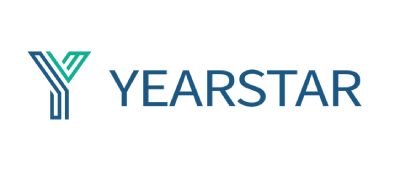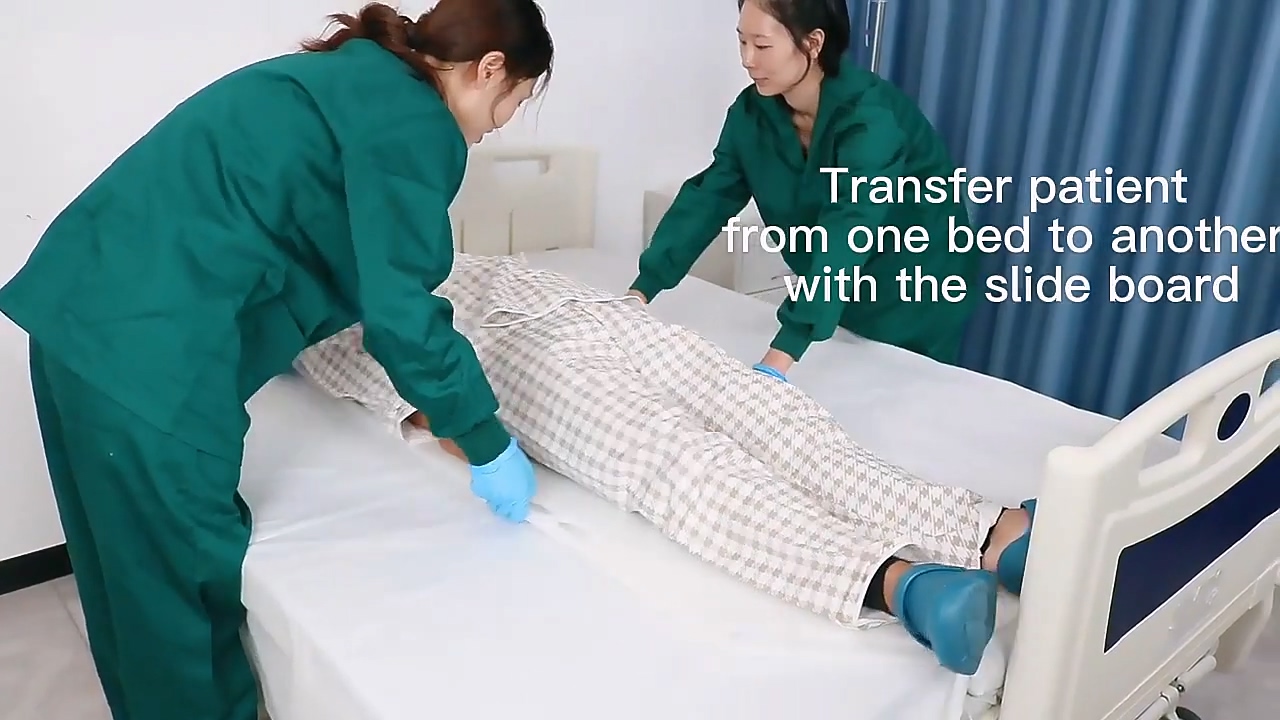Patient transfers are a routine yet critical aspect of healthcare, requiring careful attention to safety, comfort, and efficiency. Transfer boards have become an essential tool in this process, offering a practical solution to facilitate safe and smooth movements for patients with limited mobility. This article examines the role of transfer boards in ensuring safe patient transfers, highlighting their mechanics, benefits, and best practices for implementation in healthcare settings.
1. Understanding Transfer Boards: A Key Tool for Patient Transfers
Transfer boards are rigid, flat devices designed to assist in moving patients between two surfaces, such as from a bed to a wheelchair or a stretcher to an examination table. Typically constructed from durable materials like wood, plastic, or composites, they are lightweight, easy to handle, and engineered to support safe patient transitions with minimal friction.
2. Mechanics of Transfer Boards: How They Ensure Safety
The design and operation of transfer boards are centered on simplicity and safety:
- Stable Bridge: Positioned between two surfaces, the board creates a firm, reliable connection for the patient to slide across.
- Low-Friction Surface: A smooth finish, sometimes enhanced with coatings, reduces resistance, making sliding easier and safer.
- Patient-Controlled or Assisted Movement: Patients with upper body strength can shift themselves, while caregivers can guide those needing support, ensuring controlled motion.
- Secure Positioning: The board remains steady during use, minimizing the risk of tipping or shifting.
3. Benefits of Transfer Boards for Safe Patient Transfers
Transfer boards provide significant advantages that enhance safety and improve the transfer experience:
- Patient Safety:
- Lower Fall Risk: A stable platform reduces the likelihood of falls during transitions.
- Minimized Skin Stress: Smooth sliding prevents skin shear or abrasions common in manual lifts.
- Enhanced Comfort: Patients experience less jostling, making transfers gentler and less stressful.
- Caregiver Protection:
- Reduced Physical Effort: Eliminates the need for heavy lifting, lowering the risk of musculoskeletal injuries.
- Efficient Handling: Simplifies the transfer process, reducing fatigue and time spent per task.
- Improved Confidence: Caregivers can perform transfers with greater assurance of safety for all involved.
- Operational Efficiency:
- Quick Transfers: Speeds up the process compared to manual methods, optimizing workflow.
- Minimal Equipment Needs: Requires no power source or complex setup, making it accessible and cost-effective.
4. Applications of Transfer Boards in Healthcare
Transfer boards are widely applicable across various healthcare contexts:
- Hospitals: Used for moving patients between beds, stretchers, or imaging tables in acute care settings.
- Long-Term Care: Assists residents in nursing homes with daily transfers, enhancing safety and comfort.
- Physical Therapy: Supports rehabilitation patients during mobility training or repositioning exercises.
- Home Care: Enables family caregivers to safely manage transfers in a home environment.
- Emergency Services: Facilitates rapid, secure patient movement in ambulances or emergency rooms.
5. Selecting an Effective Transfer Board
Choosing the right transfer board is crucial for ensuring safety and functionality:
- Size Compatibility: Select a board with adequate length and width to span gaps and support the patient fully.
- Weight Support: Confirm the board’s capacity aligns with patient needs, including options for bariatric care.
- Material Quality: Prioritize durable, smooth, and easy-to-clean materials for longevity and hygiene.
- Ergonomic Design: Consider features like handholds or beveled edges for better grip and ease of use.
- Portability: Opt for lightweight boards that are easy to carry and store when not in use.
6. Best Practices for Safe Use of Transfer Boards
To ensure safe and effective transfers, healthcare providers should adhere to these practices:
- Pre-Transfer Evaluation: Assess the patient’s mobility level and physical condition to confirm suitability.
- Training Programs: Equip staff with hands-on instruction on board placement, patient guidance, and safety protocols.
- Patient Communication: Clearly explain the transfer steps to the patient to gain cooperation and reduce fear.
- Board Maintenance: Regularly check for wear, cracks, or damage to maintain reliability.
- Teamwork: Use additional staff for patients requiring full assistance to ensure a smooth, safe process.
7. Conclusion: Transfer Boards as a Pillar of Safe Patient Handling
Transfer boards play a vital role in modern healthcare by promoting safe, efficient, and dignified patient transfers. Their simplicity, affordability, and effectiveness make them indispensable for reducing risks, supporting caregivers, and enhancing patient well-being. As healthcare systems continue to focus on safety and quality care, transfer boards remain a cornerstone in the effort to improve patient handling practices.

